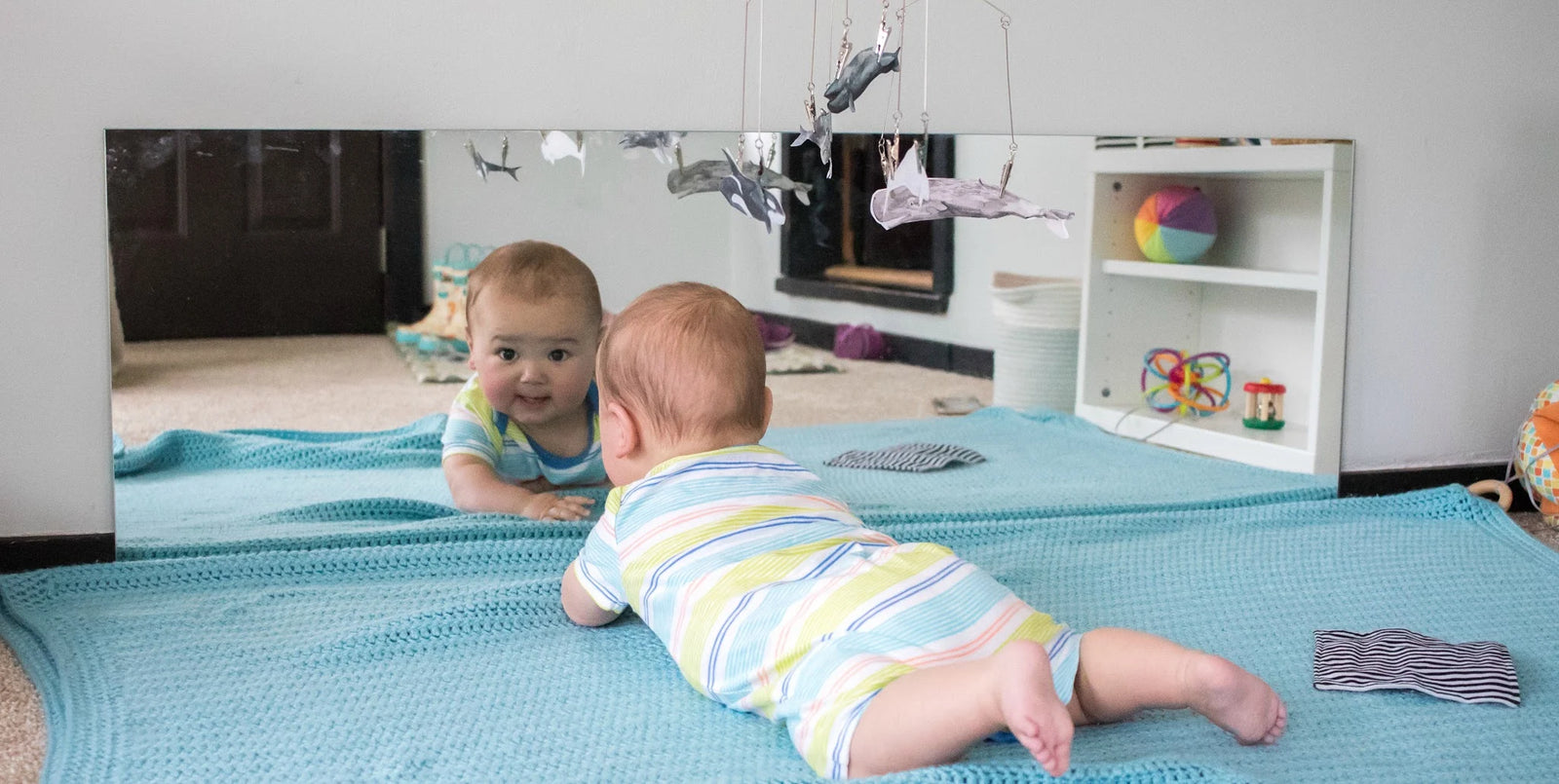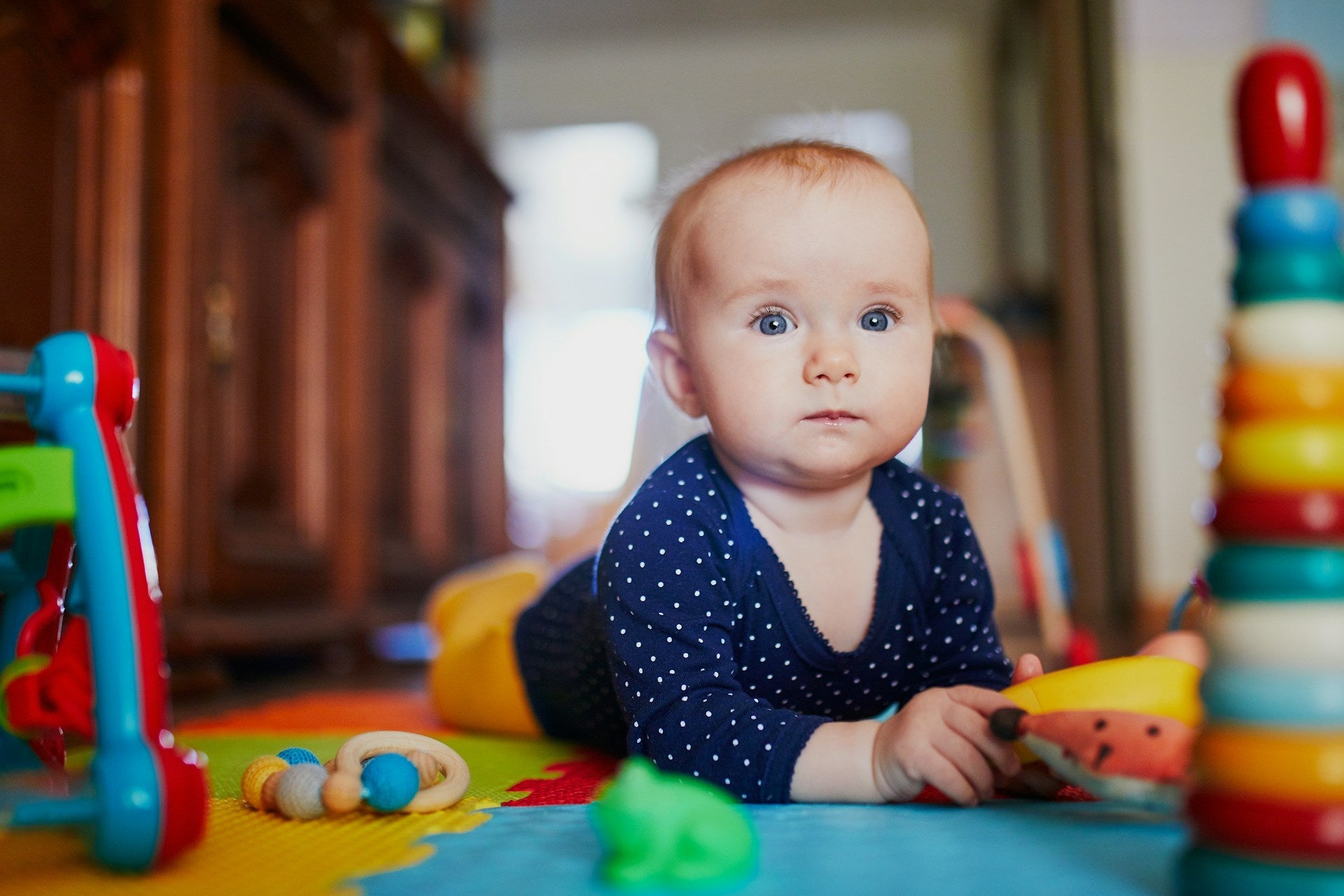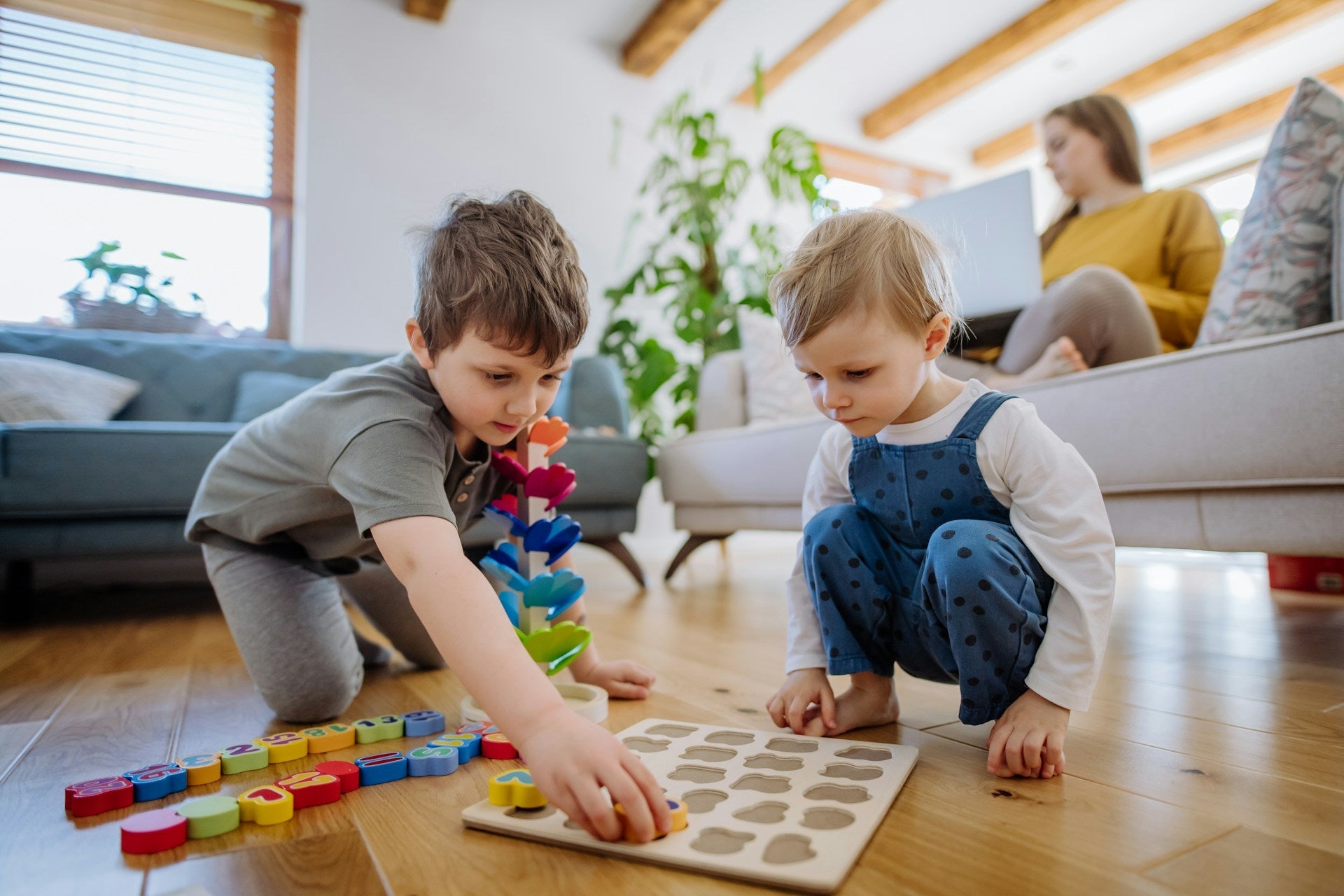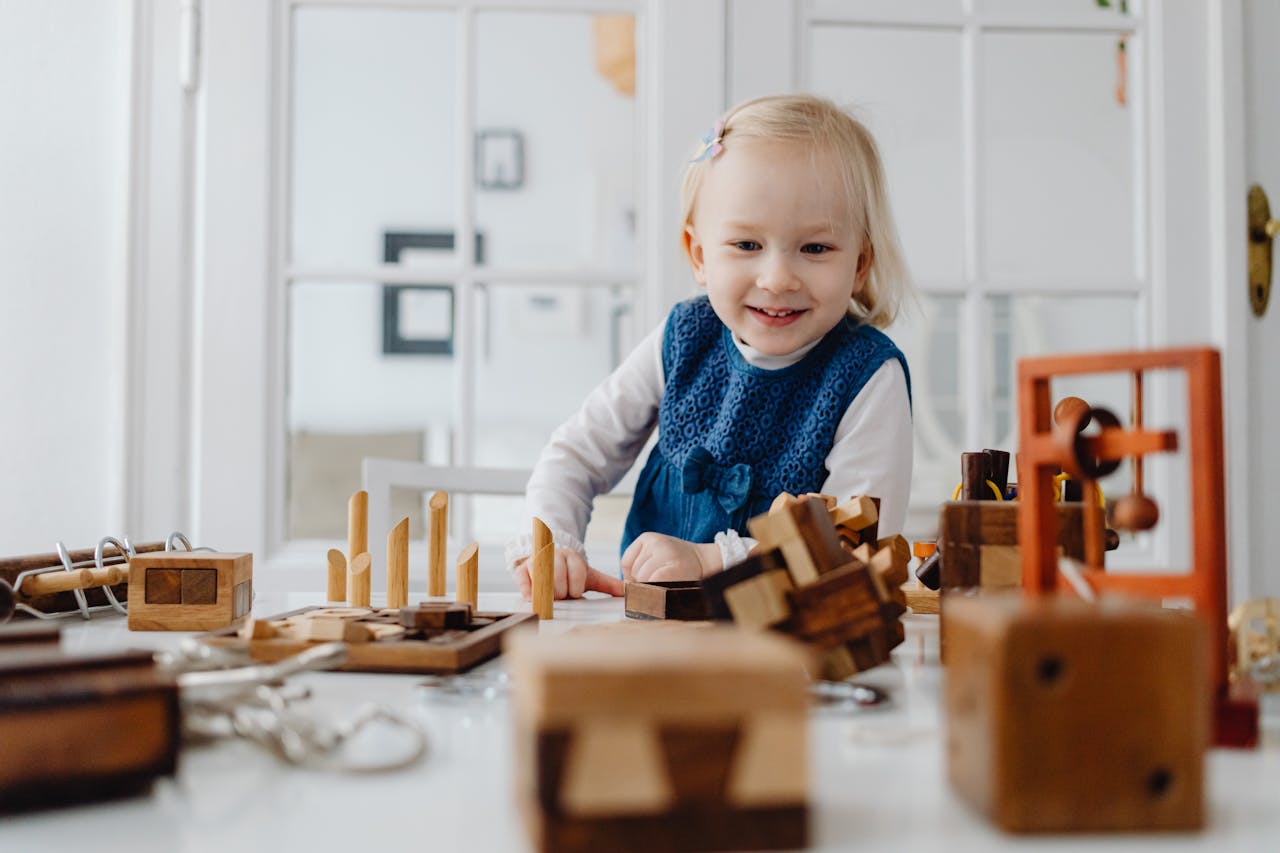Montessori Mirrors: A Powerful Tool for Visual Tracking and Movement

"The child can only develop fully using experience in his environment. We call such experience' work.'" -Dr. Maria Montessori
Dr. Maria Montessori created an educational pedagogy that met the needs of the children's movement, order, exploration, and independence. By observing the children in her care, she designed materials that aided their development and created an environment dedicated solely to them. The first program that Dr. Montessori started was called Casa dei Bambini, or the Children's House. All the furnishings were sized for the children, and the space was designed to give them ownership and continuous interaction with the environment.
Montessori environments are carefully designed to support the needs and interests of the children at whatever age they are. Because 80% of brain development occurs before age 3, careful attention is paid to each furnishing and material in a Montessori nursery or infant room. The American Montessori Society states, "Montessori materials are designed so that the child receives instant feedback as he works, allowing him to recognize, correct, and learn from his mistakes without adult assistance. Putting control of the activity in the child's hands strengthens his self-esteem, self-motivation, and learning." This is applicable from the moment of birth with the materials that are present in the child's environment.
Suppose you have ever seen a Montessori infant or toddler environment. In that case, you may have noticed a low horizontal mirror or a tall vertical mirror and wondered what it was for. The Montessori mirror is a staple in the environment, whether your child is an infant or a toddler. Depending on the child's age, it may serve different purposes. There are many developmental benefits to providing your child with a mirror besides its aesthetic quality.
Benefits
One of the benefits of the Montessori mirror is that it aids your child's visual tracking skills. Their mirror reflects Everything in their environment back at them, and they have another view, a mirror image, of the room. When lying near their mirror, they can observe their visual mobiles in the reflection, the movements of their bodies, and the shiny surface attracts their eyes, making all of the movements more enticing to watch.
Another benefit of the Montessori mirror is that it promotes movement. The immediate feedback of watching movements in the mirror stimulates the child to continue moving their body, promoting coordinated movement. Dr. Montessori said, "The development of the mind comes through movement," and for the child, observing this movement is further motivation. By observing themselves moving, they learn more quickly what their body is capable of.
The Montessori Mirror is also an incredible aid to tummy time, which is foundational for movement and future milestones, such as rolling over, crawling, and walking. Babies with a mirror to engage with during tummy time often spend more time on their bellies. They are more content doing so for more extended periods. The mirror also encourages them to hold their head up to view the room and themselves better. This can help prevent flat head syndrome and a more muscular neck and core.
The Montessori Mirror promotes concentration in even the smallest of infants. The reflective surface offers enough stimulation without being overwhelming for a newborn. Some babies will engage with the mirror even before the visual mobiles because it allows for gentle concentration. At the same time, they observe themselves and their environment.
Another benefit is that it brings the child joy. Babies love to look at other babies, and while scientists say that children don't know that their reflection in a mirror is theirs until around 18 months, they find so much joy in seeing themselves and watching their reflection mimic their movements and facial expressions.
The Montessori mirror allows the child to develop a strong sense of self and an explicit body schema. Many young children don't have access to a mirror at their height and, therefore, don't spend a lot of time being able to look at themselves. In the Montessori environment, they have this opportunity to promote independence and recognition of their body. In Dr. Montessori's book, The Absorbent Mind, she says, "How does he achieve this independence? He does it using a continuous activity. How does he become free? Using constant effort. ...we know that development results from activity. The environment must be rich in motives which lend interest to activity and invite the child to conduct his own experiences."
Uses
For newborns and young infants, the Montessori mirror can be hung horizontally near the floor in a space designated as the child's movement area. It is best to avoid placing the mirror next to the baby's bed, as it can be distracting for some children. Because the mirror stimulates and promotes movement, the ideal space is low to the floor next to a mat or blanket for them to lay on and explore moving their bodies.
The mirror should be approximately the same length as their movement area to give them a complete view of their body and space. It is essential to consider the material of the mirror as well. Ideally, it would help if you used a glass, plexiglass, or high-quality acrylic mirror. A low-quality mirror that is distorted or cloudy could give the child an inaccurate body image or view of their environment. You want the image reflected to them as clearly as if they were looking directly at it.
Add a bar and another mirror above the lower mirror when the child becomes mobile and can pull up on things. This allows the child to continue to see their whole body, even though they can now stand upright. Again, they can observe their movements and practice moving their body while receiving instantaneous feedback from the mirror.
For toddlers, the mirror can be hung vertically to aid their independence. Ideally, it should be hung near their dressing or changing area so that they can use it to practice the essential practical life skills of dressing, undressing, and caring for one's body. You can point out things you see and bring attention to them in the mirror, such as a nose that needs to be wiped, or hair that needs to be brushed. Hearing that their nose needs to be wiped, seeing the mucus on their face, and then wiping their nose provides them with multiple sensory experiences to strengthen the connection with their body. Vertical mirrors also allow toddlers to have a complete view of their bodies, watch as they grow, learn more, and make new coordinated movements.








